QuestionThree weeks ago I adopted a beautiful shy rescued Havanese and he is very loving to me but shy with other people. He does have a couple of real issues: He eats his poop. I have been giving him "Potty Mouth" every day for a week and have sprinkled his poop with chili powder and try to pick it up when I see it. At night when I let him out it is hard to see. Also he will not go potty on a leash no matter how far you walk him nor how long you keep him out. My vet, as well as the vet for the agency where I adopted him) has checked him and he is in good health. Both vets agree he is between 2 and 2 1/2 years old. He is a precious little 9 lb dog except for these two issues. Not knowing what he may have gone through before I adopted him I don't want to frighten him any more. Can you offer me any advice.
AnswerI'm uncertain if you've tried using an extending leash. If not, you might want to give it a try. This is a very lightweight cable that extends out of a handle and they can extend for quite some distance. I'm unsure if the leash attachment itself is the problem, or the proximity to the human. If it's the leash attachment, the extending leash won't work right away since the dog will know it is still "connected"; HOWEVER, walking this dog on such a leash for a couple of weeks may change his mind about the confinement. If the dog learns that he can get some real distance from you, he will obtain a sense of freedom and perhaps whatever conditioned response he has (that which does not allow him to eliminate in front of you, it's definitely an acquired fear response) will extinguish. It's worth a try; just be careful to control the extension, as you don't want the dog darting out into traffic. Use the extension only in large spaces.
Regarding the coprophagia, dogs develop this behavior for many reasons: as neonates (observing their dams and/or not receiving proper nutrition), as older dogs from actual hunger, in an attempt to remove their spoor (a natural behavior, especially for dogs at large), observing a human picking it up, and even attempting to destroy the "evidence" in cases where a human has caused the dog to develop fear issues around the presence of feces. By picking up the poop in front of the dog, you may actually be worsening the problem (although you are really trying to solve it.) You are obviously aggressively working at eliminating this but there's no indication whether or not your efforts have succeeded. If they have reduced the incidents, then continue using them. If they have not, you must reevaluate what you are doing. Meanwhile, because coprophagia is so self rewarding, you must establish a chain of behavior that becomes far more rewarding. Do this with play training and a wonderful jackpot food reward. Buy a stuffed animal dog toy with a squeaky in it; reserve this toy ONLY for the play training. For the first day or two, carry it around the house (even sleep with it under your pillow), in order to create of this toy a trophy object that your dog will REALLY want to have. Next, put a long, lightweight rope around the toy. Sit on the ground, toss the toy toward the dog and quickly reel it in toward you. The dog will REALLY want that toy and will chase it toward you. When toy and dog get to you, scoop up the toy, squeak it loudly and while doing that pop a small handful of special treats into the dog's mouth (fat free cheese, chicken hot dog, something really GOOD.) pick up the toy and walk away. Several hours later, repeat as above. Next day, repeat this game three times; skip a day; third day, repeat this game four times; skip a day; fifth day, repeat the game once in the morning, but in the afternoon CHANGE it. Instead of tossing the toy, SQUEAK the squeaker. The dog should come running FAST for a food reward AND a few minutes alone with the special toy. Your dog should now have a solid conditioned response to the squeaker meaning : FUN and FOOD. Play this game several more times that day with the squeaker first, but ALWAYS pick up the toy at the end of the game and do not allow the dog to have the toy for more than a few seconds.
When your dog responds to this squeaker every single time with glee, you are ready to take toy, treats and dog out for elimination. You must, from this point on (unless the dog requires reconditioning because he has ignored the cue significantly outdoors) only squeak, treat and play immediately after the dog has defecated. If you can successfully create a scenario in the dog's mental repertory that involves immediate interaction with you after defecation, you will quickly extinguish the dog's coprophagia and it most likely won't return.

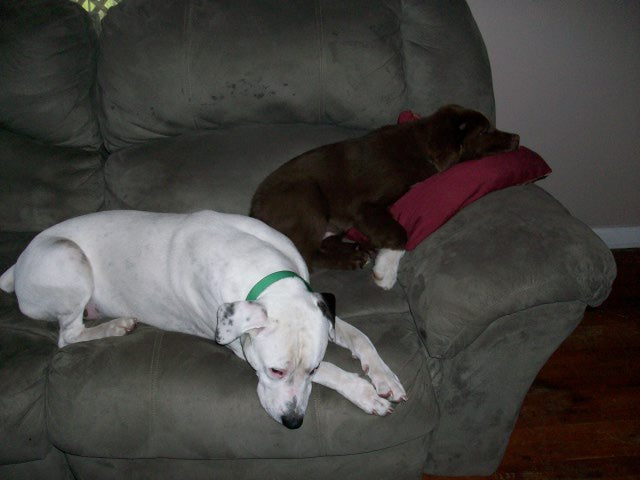 American Bulldog aggression
Question
Buddy and Rez
I have a 2 year old Ameri
American Bulldog aggression
Question
Buddy and Rez
I have a 2 year old Ameri
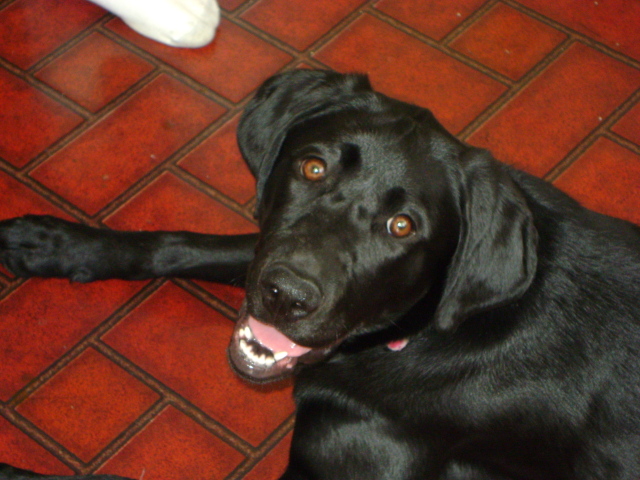 Black lab - 1 yr
QuestionSheba
QUESTION: My lab loves to bite her
Black lab - 1 yr
QuestionSheba
QUESTION: My lab loves to bite her
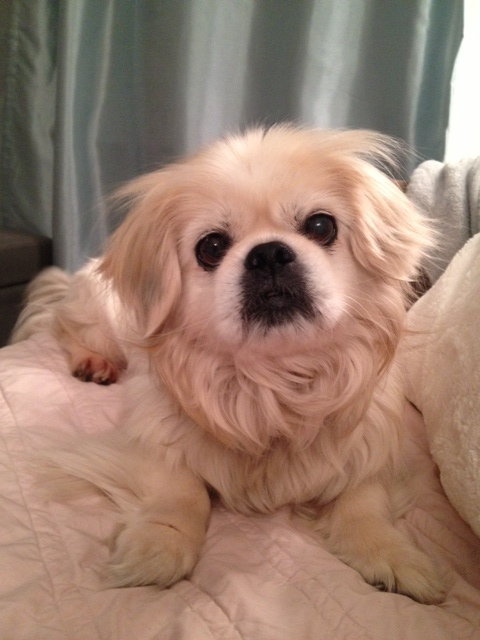 Nightmares?
Question
Beethoven
Hi Melissa, Ive had my very h
Nightmares?
Question
Beethoven
Hi Melissa, Ive had my very h
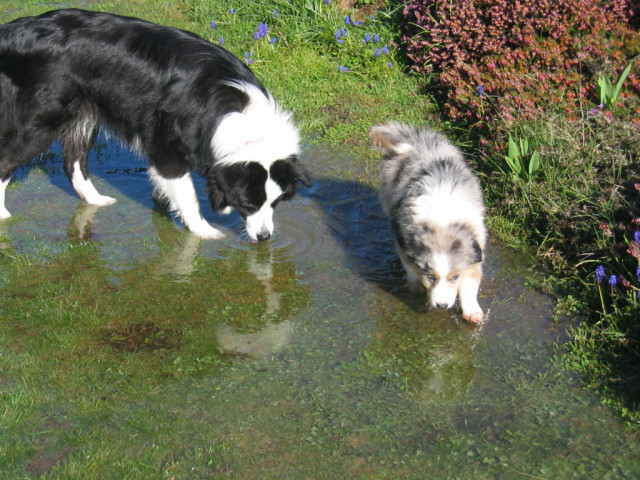 Dog in Heat?
QuestionLily and Jorge
QUESTION: Hello,
We have
Dog in Heat?
QuestionLily and Jorge
QUESTION: Hello,
We have
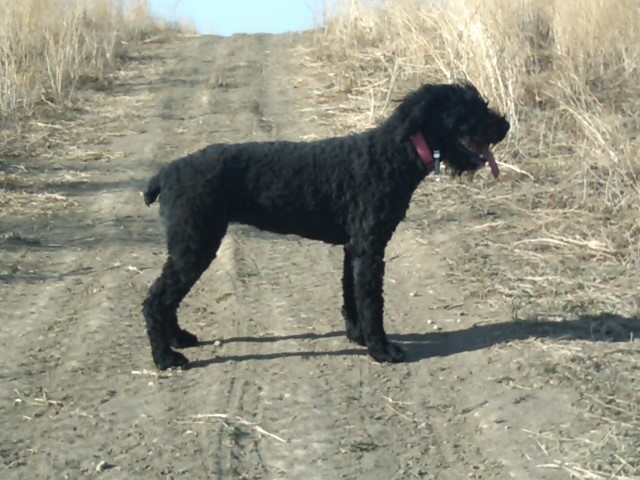 I was riding my bicycle when my 1yr old Bouvier bit my leg
Question
Pup
Hello, I have a 1yr old intact Bouvier bit
I was riding my bicycle when my 1yr old Bouvier bit my leg
Question
Pup
Hello, I have a 1yr old intact Bouvier bit